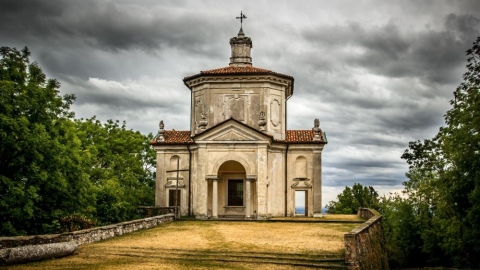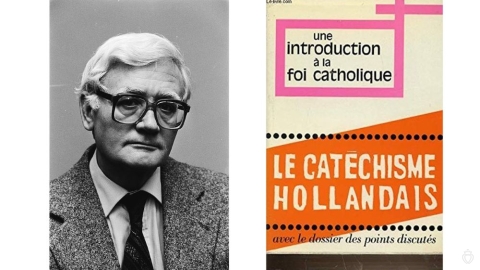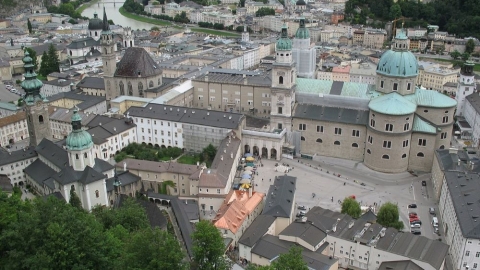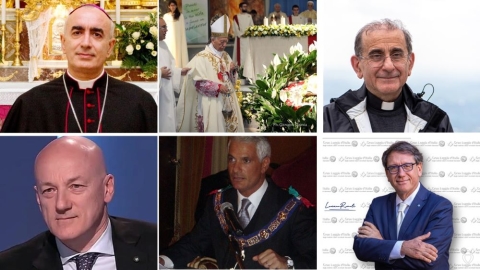Switzerland: Lausanne Cathedral Is Equipped With “Non-Polluting” Lighting
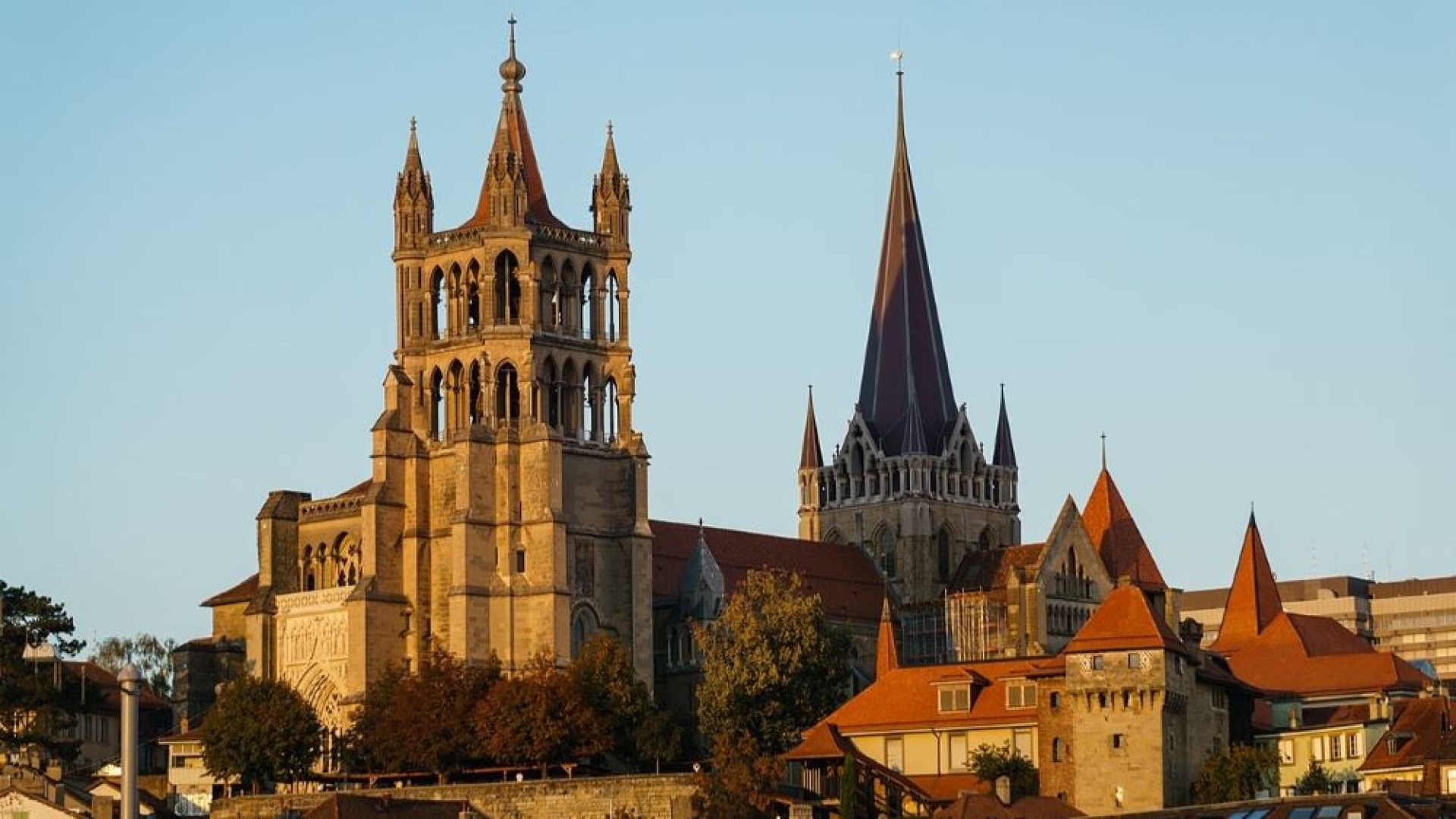
Lausanne’s Notre-Dame Cathedral
The City of Lausanne and the Canton of Vaud have launched an innovative and ecological lighting project for Lausanne Cathedral. The old Notre-Dame Cathedral, consecrated in 1275, in the presence of Pope Gregory X and Emperor Rudolph of Habsburg, is one of the main Gothic monuments in Switzerland.
Since 1536, it has been devoted to Protestant worship, with the transition of the Pays de Vaud to the Reformation. The work will begin in autumn 2024, and will be entrusted to the French company L'Acte Lumière which put in the Strasbourg Cathedral lighting.
The concept will reduce electricity consumption by 70%. It is distinguished by framed sail lighting, distant, but directed on the building, minimizing light pollution and playing with the seasons. An ecologist will participate in the process by mapping the surrounding fauna to adapt the lighting accordingly.
“This project took into account the liturgical use of the place by offering special lighting for cultural events. The attention paid to the Rose [13th century rose window], the painted portal, and the Montfalcon portal also reflects a sensitivity to the particular spirituality which emanates from these emblematic sectors of the cathedral,” underlines Yves Golay-Fleurdelys, president of the technical commission of Lausanne Cathedral.
Isabelle Moret, State Councilor responsible for Heritage, specified that the Vaud government planned to complete the renovation cycle of the cathedral between 2025 and 2030 with the restoration of the apse of the north transept tower and the so-called ‘unfinished’ tower.”
Marco Jalla, formerly of the Ecole Normale Supérieure on rue d'Ulm in Paris, studied the painted portal of Lausanne Cathedral in his essay on the Interpretation of a Unique Sculpted Program. This short extract gives an overview of this gem of medieval statuary:
“In the Middle Ages, crowds of pilgrims went to Lausanne to venerate the miraculous statue of Our Lady. They entered the building through the portal built around 1230 jutting out from the southern facade. Called ‘Painted Portal,’ because of the rich colors which adorns all of the sculptures, it presents an astonishing iconography of the Coronation of the Virgin.
“It is made up of different scenes and groups of characters distributed between the tympanum, the lintel, the trumeau, the arches, and the columns of the porch built as a vestibule projecting from the building.
“The Painted Portal shows an image of the Virgin, standing and praying, which is reminiscent of the attitude expected of a pilgrim, and which affirms the power of the intercession of the mother of God the miracles of which of Our Lady of Lausanne are the obvious signs. Although placed under the all-powerful authority of Christ, the Coronation of the Virgin of Lausanne exalts the very building of the cathedral.
“A faithful Christian is invited upon entering the church to recognize himself in the carnal image of the heralds and witnesses of Mary’s triumph. He is called to surpass the angel who recalls the judgment to which humanity will be subjected. He must trust in the prayers of Our Lady of Lausanne for the salvation of each of her members; for she is the neck which pours out to the other members the life which she first received.”
(Sources : cath.ch/24h/Marco Jalla/DICI n°441 – FSSPX.Actualités)
Illustration : Hendrik Heiser, CC BY-SA 4.0, via Wikimedia Commons

